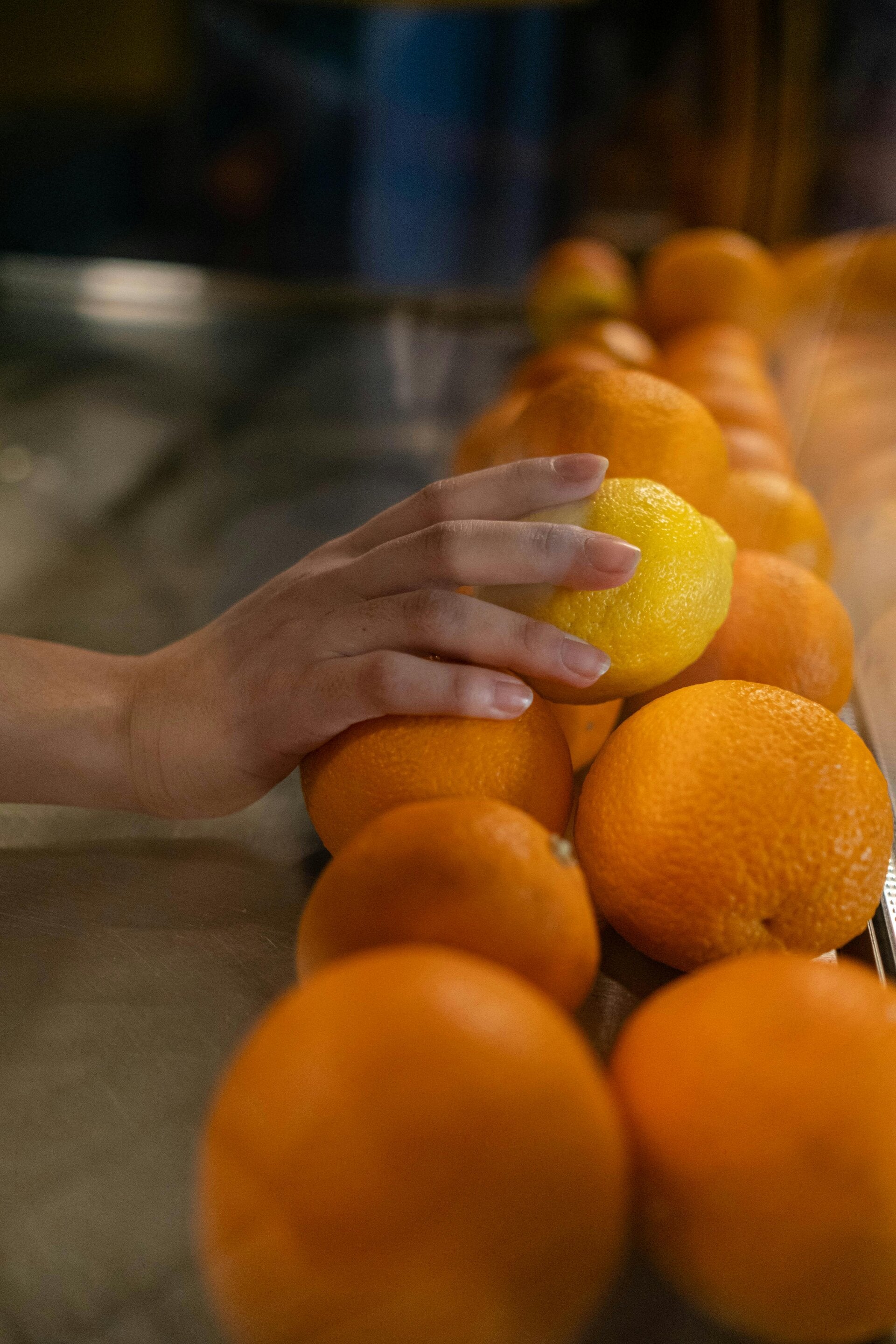
Florida’s citrus industry is about to receive a lifeline unlike anything in its long history, and the announcement has been framed almost like saving a landmark building from collapse. Governor Ron DeSantis revealed that the state will dedicate a record-breaking $140 million in the 2025–26 budget to support citrus growers, researchers, and marketers in their fight to preserve one of Florida’s most iconic agricultural traditions. For decades, citrus has stood as a pillar of the Sunshine State, much like a historic courthouse or city hall anchoring a community. But in recent years, that pillar has been battered by hurricanes, rising costs, and the devastating spread of citrus greening disease, which has decimated groves and cut production to a fraction of what it once was. This new funding package is being described as the largest single-year investment in citrus in Florida’s history, and it represents a bold attempt to shore up the foundation of an industry that has been teetering like a building on the brink of collapse.
The money will be spread across several critical areas, each designed to reinforce the structure of the industry. Citrus greening, a bacterial disease spread by insects, has been the most destructive force, eating away at the industry’s framework the way termites hollow out beams. Research institutions across Florida will now have the resources to accelerate their work on disease-resistant trees and innovative treatments, essentially rebuilding the walls of the industry with stronger materials. Replanting programs will help restore lost acreage, giving farmers a chance to reconstruct orchards that were wiped out by storms or abandoned after years of poor yields. Marketing efforts will also be expanded, serving as the fresh paint and signage that remind the world Florida citrus is still open for business, still proud of its heritage, and still a symbol of quality and authenticity.
Governor DeSantis has framed this investment as part of a broader commitment to protecting Florida’s agricultural heritage, likening it to preserving a historic landmark that defines a community’s identity. He has emphasized that citrus is not just an economic driver but a cultural touchstone, woven into the very architecture of the state itself. Legislative leaders, including Senate President Ben Albritton and House Speaker Daniel Perez, joined Agriculture Commissioner Wilton Simpson in pushing for the funding, underscoring the bipartisan recognition that citrus is too important to let crumble. Industry leaders have responded with gratitude and relief. Matt Joyner, CEO of Florida Citrus Mutual, called the funding “renewed hope” for growers who have been fighting for survival year after year. For many farmers, this announcement feels like the scaffolding finally being erected around a building long neglected, signaling that the state is willing to stand shoulder to shoulder with them in the effort to restore and preserve what has been lost.
The broader implications of this investment stretch far beyond the groves themselves. Economically, citrus remains a multi-billion-dollar industry that supports thousands of jobs, from farm laborers to juice processors to marketers. Environmentally, the replanting efforts may encourage more sustainable farming practices, as growers look to balance productivity with stewardship of the land. Culturally, the revival of Florida citrus reinforces the state’s global brand, reminding the world that the Sunshine State is still the home of the orange. For consumers, it may mean seeing “Florida Orange Juice” back in the spotlight, reclaiming its place on breakfast tables across America and beyond, much like a restored landmark regains its place at the center of town life.
This $140 million rescue is more than a budget line—it is a statement about priorities. At a time when tourism, technology, and real estate dominate headlines, Florida is betting big on its agricultural roots. The citrus industry may never return to the towering heights of the mid-20th century, when groves stretched endlessly across the state and production seemed limitless, but this investment signals that Florida is not ready to let its agricultural cornerstone collapse. For growers, it is a lifeline. For DeSantis, it is a political win that ties him to Florida’s identity. And for the people of Florida, it is a reminder that the state’s future is still deeply connected to the land, the fruit, and the traditions that have defined it for generations—like saving a building that tells the story of a community, ensuring it stands strong for years to come.
Add comment
Comments